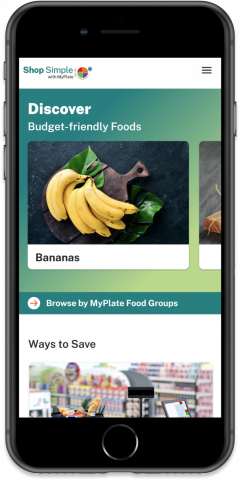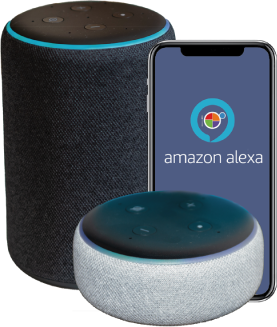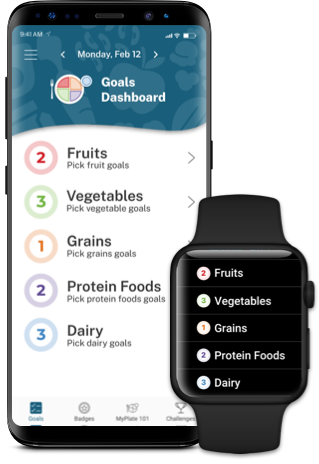Healthy Eating for Preschoolers
Healthy eating is important at every age. Offer preschoolers a variety of fruits, vegetables, grains, protein foods, and dairy or fortified soy alternatives. When deciding on foods and beverages, choose options that are full of nutrients and limited in added sugars, saturated fat, and sodium. Start with these tips:
Model healthy behaviors
Preschoolers tend to copy what parents or caregivers do at the table. If you eat your veggies, they'll eat their veggies. And, it's good for both of you.
Think about their drinks
Sugar-sweetened beverages like sodas and fruit drinks are sources of added sugars that are often high in calories. Beverages with no added sugars like water, unsweetened fat-free or low-fat milk (including low-lactose or lactose-free options), or fortified soy beverages should be the primary choice for children.
Prevent choking
Encourage children to sit at a table for meals and snacks and not wander around carrying food. Check out the USDA Team Nutrition worksheet for foods that are choking hazards at different ages.
Try new foods
Involve your kids in online and in-store grocery shopping and let them pick a new fruit or vegetable. This can help improve their interest in trying new things.
Get kids involved
Preschoolers can help at mealtimes by washing produce, tearing lettuce, stirring mixes, scooping ingredients, or setting the table.
Offer choices
Like adults, preschoolers like to have a say in what they eat. "A pear or an apple?" "Whole wheat toast or some crackers?" You offer the healthy options, but they get to choose.





